Tractors are the modern workhorse of the farm, and are much needed machines to handle the many different jobs that a farm requires. Tractors do a tough job and are at work for long hours in a day, from plowing and harvesting, to pulling and towing. Parts wear out, parts wear down, and parts break. However, tractors are fairly simple machines, and replacement parts are usually readily available. This means that a tractor’s life can be extended for almost as long as parts can be replaced, which makes for a very healthy used tractor market. This article looks at the choices and considerations in buying a used tractor.
Table of Contents
The used tractor market
The range of used tractors available
How to check what you are buying
Final thoughts
The used tractor market
The global tractor market is expected to grow by a compound average growth rate (CAGR) of 5.8% from a 2023 value of USD 70.55 billion to USD 98.95 billion by 2028. Demand for high horsepower tractors has remained strong for several reasons, poor inventory and supply, pandemic constraints and industrial action. More power offers greater performance and versatility over lower powered machines under 40hp.
Consequently, demand for used tractors in the less available higher horsepower range has been growing at a steady rate, with prices increasing at an annual rate of 12% for 100-174hp, 13% for 175-299hp and 10% for 300hp and over.
The range of used tractors available
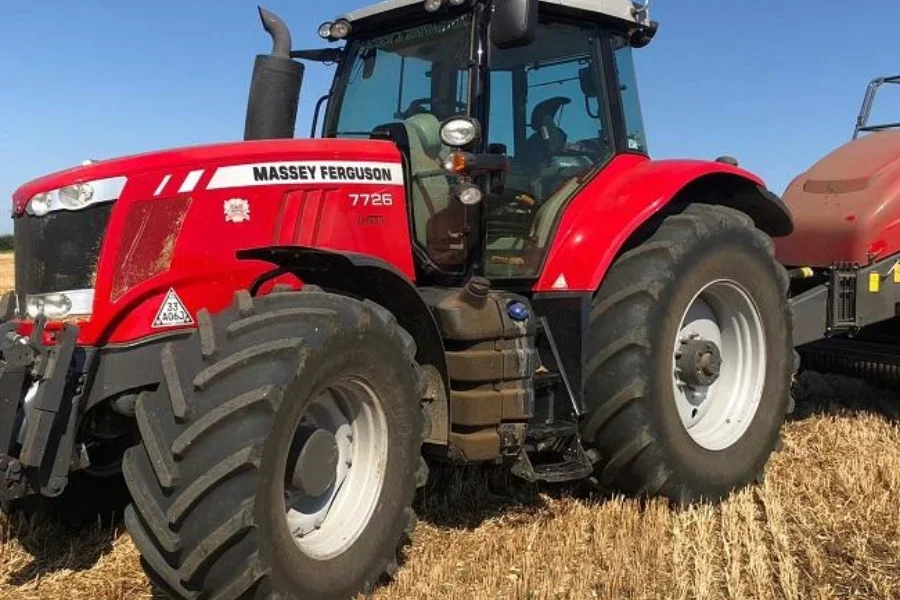
Although the mechanical world is becoming more computerized and advanced, many farmers actually prefer older, used tractors for their simplicity. Electronics are harder to understand and to repair, and may require the manufacturer to help. However, mechanical tractors require less technical knowledge, and are far easier for farm mechanics to fix. One of the biggest names in tractors, John Deere, sees its used tractors in record breaking bidding wars at farm auctions, while the company has itself been pressured to make its newer tractors easier to repair.
There is a wide range of used tractors available, through auctions and through the online marketplace. There are a few well known brands that appear regularly, including Massey Ferguson, John Deere, Kubota, and a few Chinese brands such as New Holland. This article offers a few samples from the Alibaba marketplace, split into horsepower ranges of under 100hp, 100hp to 199hp, and 200hp and above.
Used tractors under 100hp
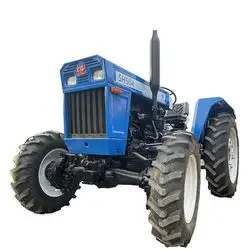 |
Model: New Holland 504 Drive: 4WD Power: 50hp Year: 2012 |
USD 5,000 |
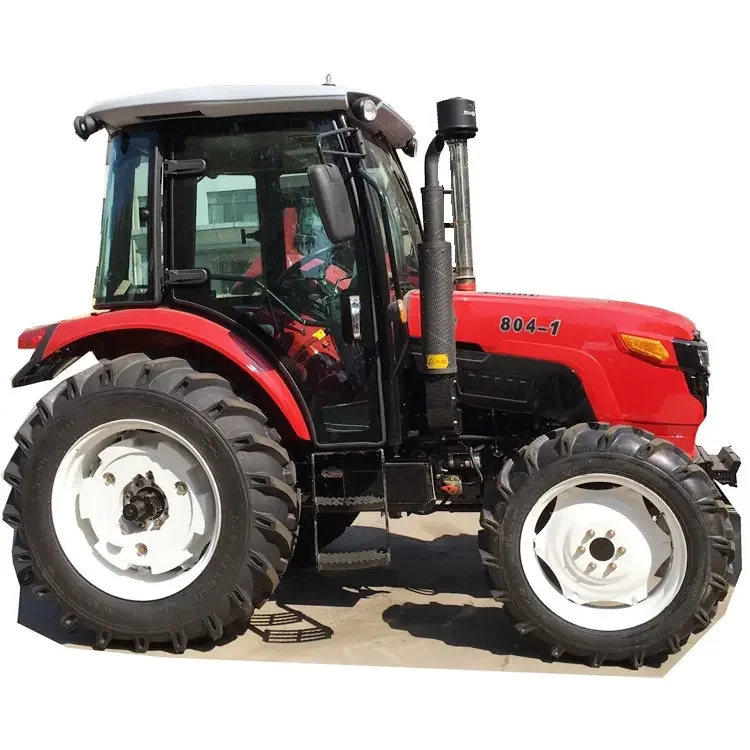 |
Model: Juilin 804-G Drive: 4WD Power: 70hp Year: 2021 |
USD 9,390 |
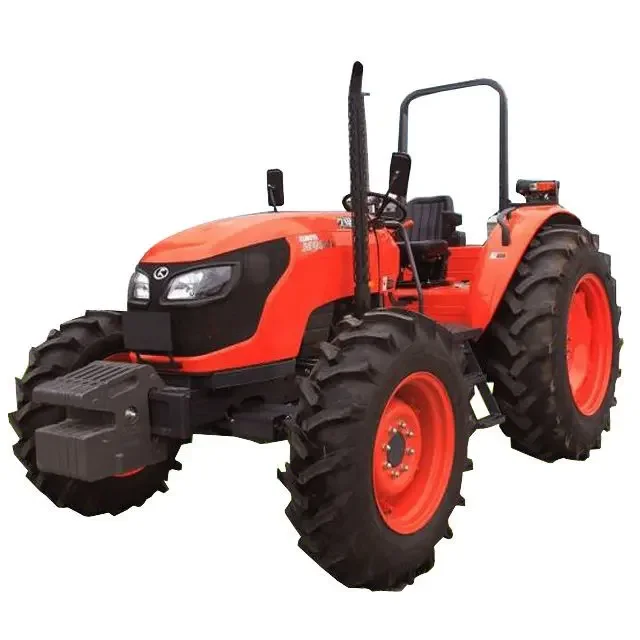 |
Model: Kubota 954 Drive: 4WD Power: 95hp Year: 2021 |
USD 13,000 |
Used tractors 100hp to 199hp
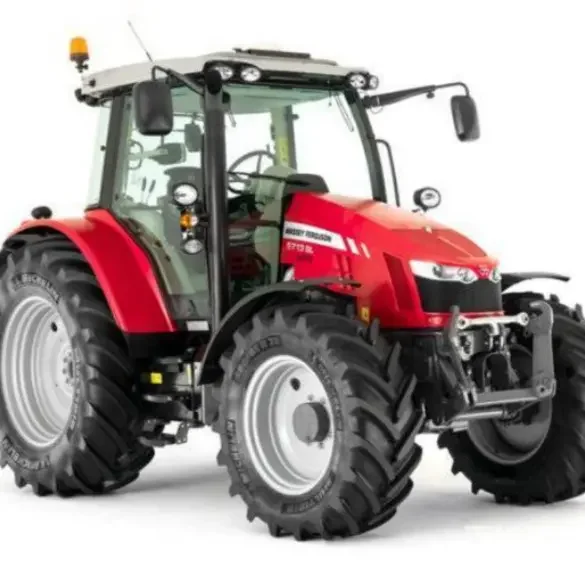 |
Model: Massey Ferguson MF375 Drive: 4WD Power: 100hp Year: 2020 |
USD 6,500 |
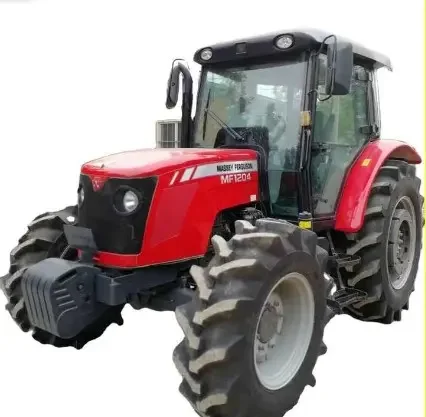 |
Model: Massey Ferguson MF1204 Drive: 4WD Power: 120hp Year: 2018 |
USD 15,500 |
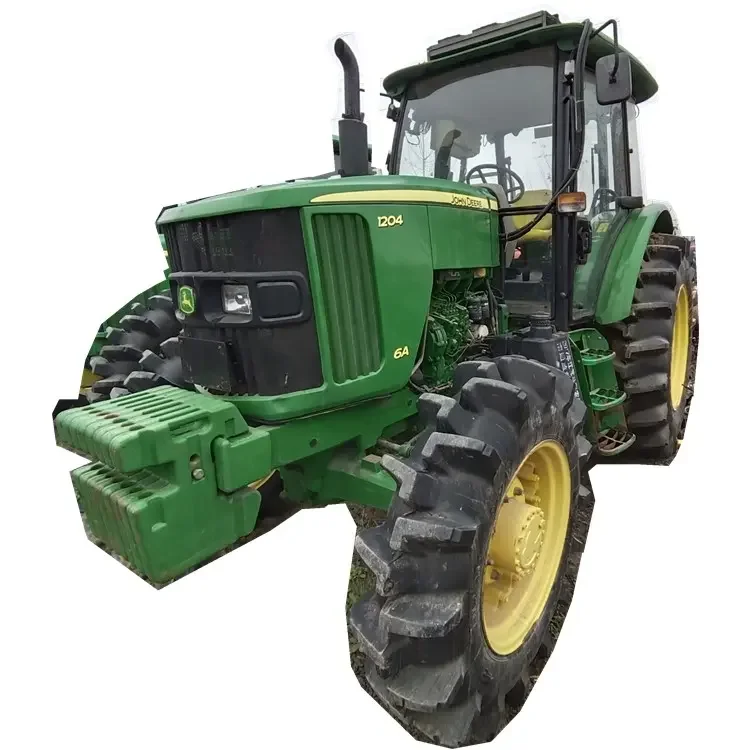 |
Model: John Deere 1204 Drive: 4WD Power: 120hp Year: 2016 |
USD 17,000 |
Used tractors 200hp and above
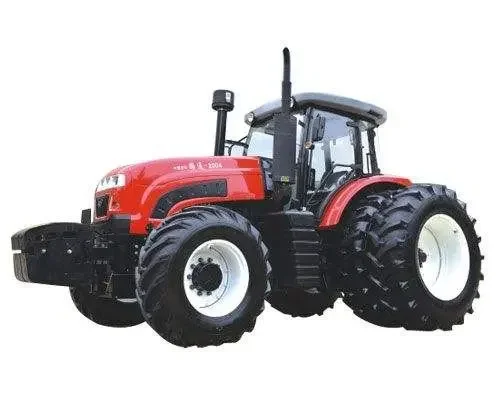 |
Model: Lutong (China) LT2004 Drive: 4WD Power: 200hp Year: 2021 |
USD 8,900 |
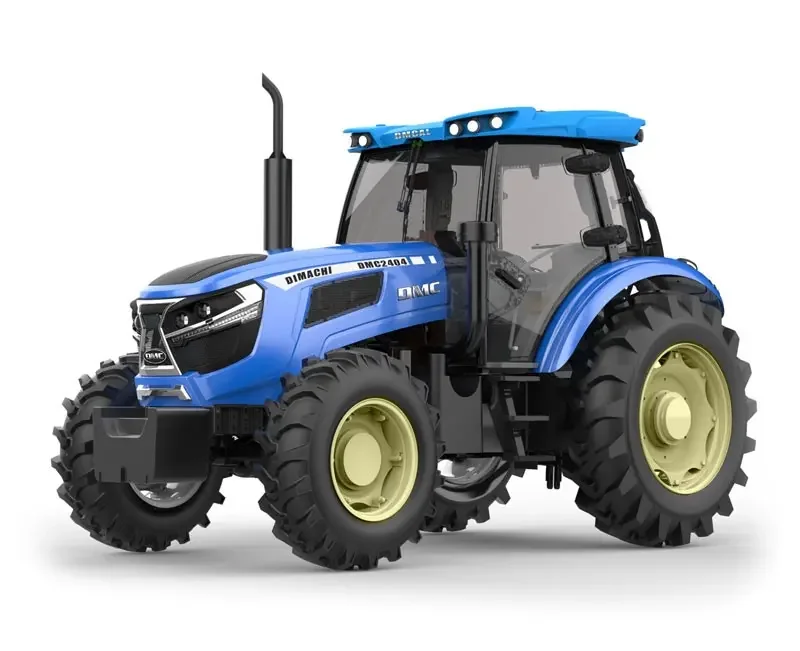 |
Model: Weichai (China) DMC-2204 Drive: 4WD Power: 220hp Year: 2020 |
USD 40,393 |
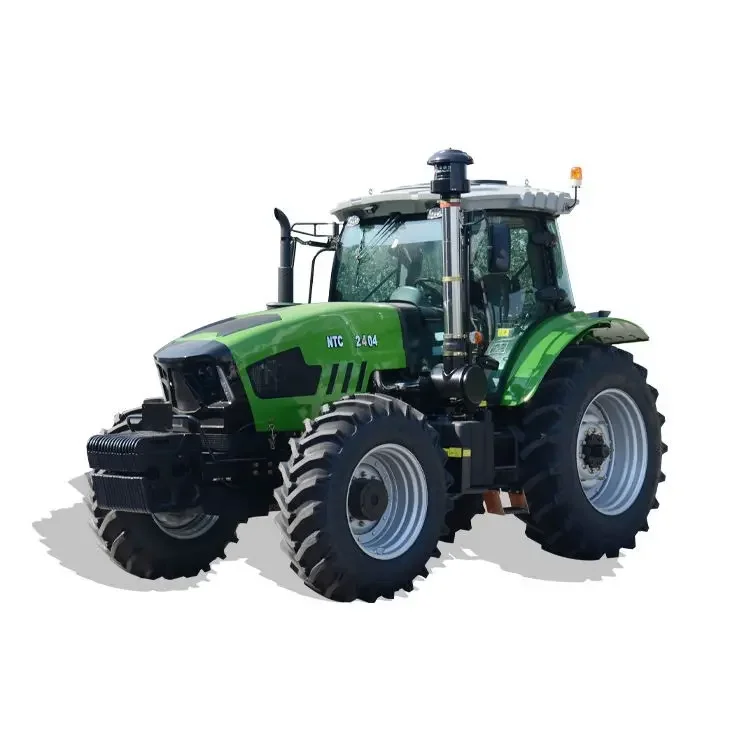 |
Model: Huaxia (China) HX2404 Drive: 4WD Power: 240hp Year: 2019 |
USD 50,000 |
How to check what you are buying

It is essential to inspect the tractor before finally purchasing it. That can be difficult to do online from photos only, so you will need to complete inspection either at the supplier site or once you’ve taken delivery. You can ask the seller in advance for the maintenance log, service records (including oil and filter changes), and any other available supporting documents. These will provide a good early insight into the previous owner’s care and attention to maintenance. Here are some key aspects to consider when checking a used tractor.
General appearance
In principle, a tractor that looks to be in good condition, with good paintwork, clean engine and chassis, has probably been well cared for and well maintained. These are hard working machines so a little scratch or dent does not necessarily mean it is not in good condition. However, if you see signs of rust and peeling paint, this could mean the tractor was left outside or exposed to harsh weather, and perhaps even neglected.
Engine condition
Look for signs of leaks from the engine, as well as worn or cracked hoses. Run the engine and check for any smoke, oil dripping from any hoses or from under the engine. Listen for any engine knocking or clattering from the cylinders. Check the engine’s specified EPA emission certification and check exhaust emissions using a diesel emissions test kit. Check the air filter and compare against the service record. The filter should not be dirty.
Driver’s cab
Check the seat, floor and sills for signs of lack of care. Damage within the cab, or mud and dirt around the gears and controls, could mean poor maintenance. What are the recorded hours of operation and does the record match the gauge, because gauges can be altered. The hours gauge is the 8-digit odometer on the tractor dashboard (or for newer tractors, a digital display). It is not unusual for a working tractor to have upwards of 4,000 hours on the gauge. This will most likely reflect long hours of standing, while running the PTO to operate the many types of farm attachments.
PTO (Power Take-Off) shaft
Tractors redirect their engine power to attachments via a Power Take-Off (PTO) shaft. Any attachment that uses a mechanical drive will require a working PTO shaft, and the tractor’s RPM specification will need to match, or exceed, the attachment requirements. If the PTO is not working then those attachments will be useless. So if the PTO needs to be replaced, expect a costly job, as this will probably require removal of the rear axle. When the tractor is running, turn on the PTO and ensure that the shaft is rotating smoothly, without any knocking or grinding, or other odd noises.
Articulation point
The articulation point is a key moving part of the tractor, usually near the front axle, allowing the front of the tractor to pivot and turn. The articulation point should be well greased and the grease should not be hard and crusted. Are there any signs of wear, such as scraping or metal shards? When driving, is there any knocking or sound of scraping, and does the steering move smoothly without any slip or looseness? Overly loose could mean that the main pin is damaged and needs replacing, whereas tight steering could mean that the pins are not properly greased.
Hydraulics
The tractor’s pumps transfer the hydraulic fluid from a reservoir to the hydraulic system to increase hydraulic pressure. Hydraulics work under extreme pressure of upwards of 2,000 psi, so check the pump, hoses and O rings for a tight seal or signs of a leak. A poor seal reduces hydraulic pressure and therefore power. Check the maintenance records for how frequently the hydraulic fluid has been changed. As a guide, most users recommend that the hydraulic fluid is changed about every 50 hours of use and topped up as regularly as required.
Final thoughts
A second hand tractor can be a very good buy and there is a healthy second hand market. Even tractors many years old can be highly sought after, especially if they are a reliable brand and have been well maintained. Most parts are easy to replace, so as long as good quality replacements are used, these will extend the tractor’s life.
When buying online, there are going to be some unknowns, so the wary buyer will do due diligence to check all maintenance records, conduct a visual inspection, and test all operating parts. Supplier guarantees and warranties will increase the buyer’s confidence. For more information on the wide choices of used excavators available, check out the Alibaba.com showroom.




